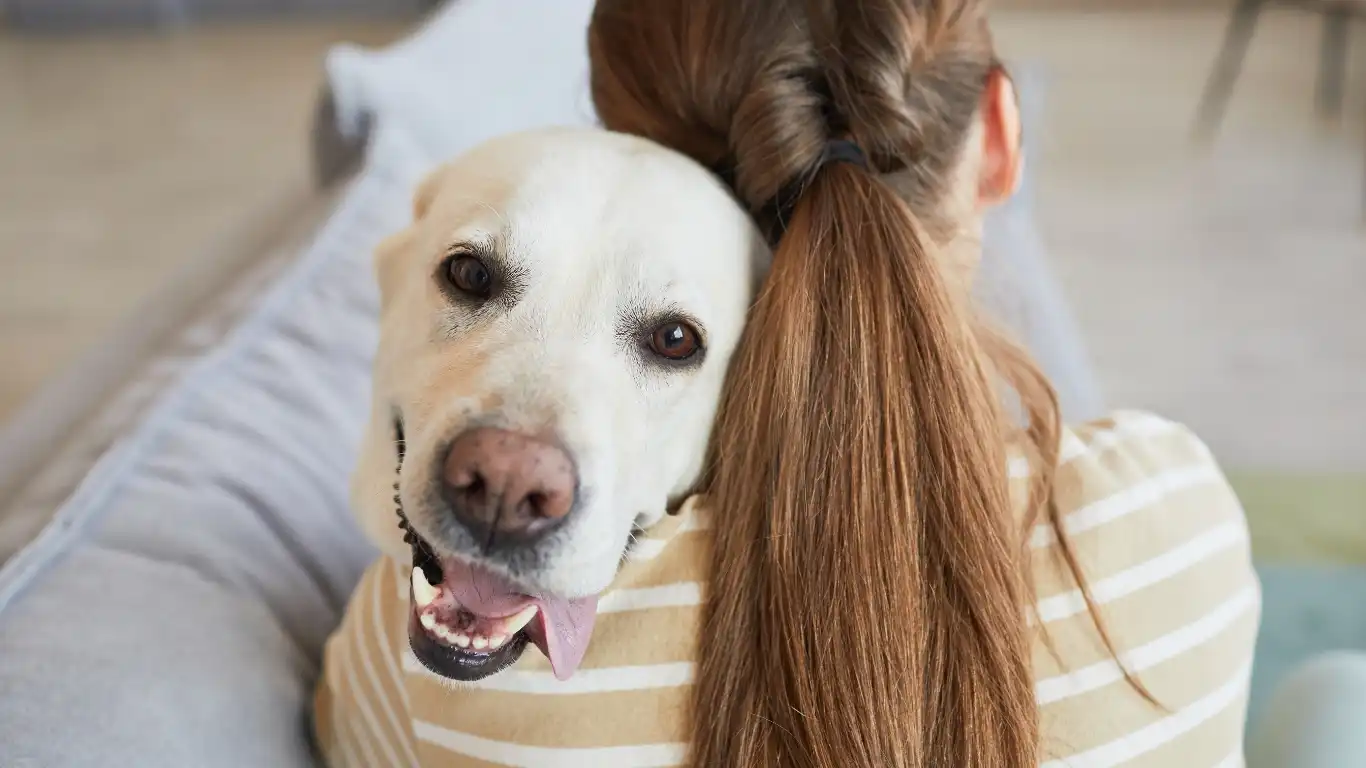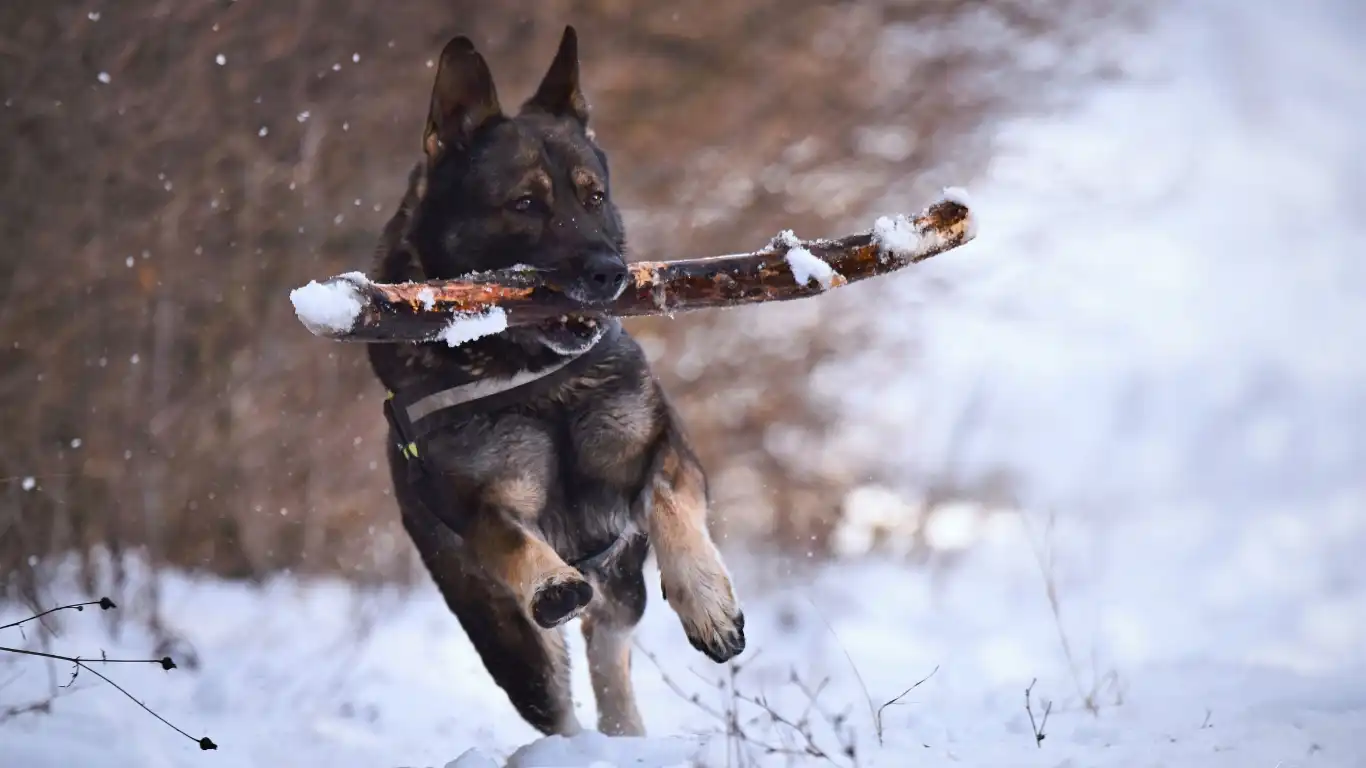How to Care for a Paralyzed Dog and Help Them Thrive
When your furry friend faces paralysis, it can feel overwhelming at first. I’ve been a veterinary technician specializing in nutrition for years, and I’ve seen firsthand how these amazing dogs can still live joyful, comfortable lives with the right care. Paralysis doesn’t have to mean the end of a happy pup’s adventures—it just means we get to adjust our approach and learn new ways to support them. In this article, I’ll share practical tips, personal insights, and trusted strategies to help your paralyzed dog not just survive, but thrive.
Understanding Paralysis in Dogs: What It Means and How It Happens

Paralysis can range from partial weakness to complete loss of movement in one or more limbs. It usually results from nerve damage, spinal injuries, or certain diseases. I remember one dog I cared for, Max, who suddenly couldn’t use his back legs after a disc slipped. It was scary for everyone, but understanding what was going on helped us focus on what he still could do, rather than what he couldn’t.
Common Causes of Paralysis
- Intervertebral Disc Disease (IVDD) – This is one of the most common causes, especially in breeds like Dachshunds and Corgis.
- Trauma – Accidents like falls or car injuries can cause nerve damage leading to paralysis.
- Neurological Disorders – Conditions such as degenerative myelopathy or tick paralysis.
- Infections or Tumors – Sometimes growths or infections press on nerves or the spinal cord.
Why Quick Veterinary Care Matters
If you notice any sudden weakness or inability to move, don’t wait. Early intervention can make a huge difference. I’ve seen dogs regain partial or full movement after immediate treatment, which is why contacting your vet as soon as possible is crucial.
Setting Up a Comfortable Space for Your Paralyzed Dog

Once you’re past the initial vet visits, it’s time to think about your dog’s day-to-day comfort. Paralysis often means they can’t move around as easily, so creating a safe, cozy environment is key. When I worked with Daisy, a sweet Golden Retriever who lost mobility in her hind legs, her family set up a soft bed in a quiet corner. It became her little haven.
Tips for a Safe and Comfortable Space
- Choose a supportive bed: Orthopedic or memory foam beds help prevent pressure sores.
- Keep essentials close: Water, food bowls, and toys should be within easy reach.
- Non-slip surfaces: Place rugs or mats to help your dog move if they still have some limb control.
- Limit stairs and slippery floors: Consider baby gates or ramps to keep them safe.
Remember, a comfortable environment doesn’t just improve their physical health—it boosts their mood and overall well-being too.
Nutrition Tips for Paralyzed Dogs: Fueling Recovery and Health

Nutrition plays a huge role in supporting your paralyzed dog’s health. From my experience as a vet tech specializing in nutrition, I can’t stress enough how a balanced, nutrient-rich diet helps maintain muscle tone, supports the immune system, and manages weight. Weight control is especially important because extra pounds can put more stress on weakened muscles and joints.
What to Focus on in Their Diet
- High-quality protein: Helps preserve muscle mass, which is vital for mobility and strength.
- Omega-3 fatty acids: Found in fish oils, they reduce inflammation and support nerve health.
- Fiber-rich foods: Help keep digestion regular, especially since paralyzed dogs might be less active.
- Hydration: Encourage water intake to prevent urinary tract issues, which are common in less mobile dogs.
When Max’s mobility declined, we adjusted his diet to include more anti-inflammatory ingredients and cut back on calories. It made a noticeable difference in his energy and comfort levels.
Mobility Assistance: Helping Your Paralyzed Dog Move Safely

One of the biggest challenges when caring for a paralyzed dog is figuring out how to keep them moving—or at least comfortable in movement. From personal experience, I can tell you that mobility aids can be total game changers. When I worked with Toby, a lively Beagle who lost use of his hind legs, his wheelchair gave him back a sense of freedom that was heartwarming to see.
Choosing the Right Mobility Aid
Not every dog will need the same kind of assistance, so it’s important to evaluate what fits best for your dog’s size, strength, and type of paralysis.
- Dog wheelchairs: These are especially great for dogs with hind leg paralysis. They come in adjustable sizes and can be custom-fitted.
- Support harnesses and slings: Perfect for short-term use or dogs with partial paralysis who still have some muscle control.
- Ramps and stairs: Help your dog access furniture, cars, or outdoor spaces more easily.
When selecting any mobility aid, I always recommend getting your vet or a canine rehabilitation specialist involved. They can help ensure the device fits properly and won’t cause additional strain or discomfort.
Daily Movement and Exercise
Keeping your dog’s muscles active, even if they can’t walk, is crucial. Passive range-of-motion exercises, which involve gently moving their limbs for them, help prevent stiffness and improve circulation. I remember demonstrating this to a new pet parent who was nervous about hurting their dog, and once they saw how gentle and simple it was, it became part of their daily routine.
Here are some easy steps to try at home:
- Support your dog’s leg under the knee and gently bend the joint forward and backward.
- Repeat with all limbs, focusing on slow, smooth movements.
- Do this 5-10 minutes per session, 2-3 times a day.
Additionally, short sessions of assisted standing or walking with support can be hugely beneficial. It’s about keeping them engaged and active as much as possible.
Managing Hygiene and Preventing Common Issues

One of the practical, but often overlooked, parts of caring for a paralyzed dog is keeping them clean and healthy to avoid infections and sores. In my years working at the clinic, I’ve seen dogs develop painful pressure sores simply because their caregivers didn’t know what to watch out for.
Preventing Pressure Sores
Pressure sores happen when a dog stays in one position too long without relief, cutting off blood flow to the skin. To avoid this, make it a habit to reposition your dog every two to four hours if they’re mostly immobile. You can gently roll or shift their weight to promote circulation.
Maintaining Skin and Coat Health
- Keep the skin clean and dry, especially around the tail, belly, and legs.
- Use mild, hypoallergenic shampoos when bathing, and don’t overdo it—too frequent baths can dry out their skin.
- Brush regularly to stimulate blood flow and remove dead hair.
When I helped train a family with a paralyzed dog, I stressed that routine grooming was as much about bonding as it was health. It gives you a chance to check for any lumps, swelling, or unusual spots that could need a vet’s attention.
Bladder and Bowel Care
Since many paralyzed dogs can’t control their bladder or bowels, this becomes a vital area to manage. Cleanliness here prevents infections and keeps your dog comfortable.
- Expressing the bladder: Sometimes your vet will teach you how to gently press the bladder to help empty it.
- Monitoring for infections: Keep an eye out for signs like frequent licking, foul smell, or discomfort.
- Diet adjustments: Fiber-rich foods can help regulate bowel movements and prevent constipation.
When I first learned bladder expressing, I was nervous, but after practice and guidance, it became routine. Just like anything else, it’s a skill that comes with time and patience.
Emotional Support and Mental Stimulation for Your Paralyzed Dog

Taking care of a paralyzed dog isn’t just about their body—it’s about their mind and spirit, too. Dogs thrive on mental stimulation, and paralysis can be frustrating for them. I’ve witnessed how providing games, new experiences, and lots of love can brighten a dog’s day and keep depression at bay.
Engaging Your Dog’s Mind
- Interactive toys: Puzzle feeders or treat-dispensing toys keep their brain busy.
- Training sessions: Even basic commands or new tricks can be adapted for limited mobility.
- Social time: Visits from other dogs or calm interaction with people help them stay connected.
One dog I worked with, Bella, loved her daily “brain games” so much that she’d wag her tail like crazy—even when her legs didn’t cooperate. Seeing that joy is a reminder that life doesn’t stop with paralysis; it just changes shape.
Regular Veterinary Checkups and Rehabilitation Therapies

Keeping up with regular vet visits is absolutely essential when caring for a paralyzed dog. Trust me, as a veterinary technician, I’ve seen how proactive health monitoring can catch small problems before they turn into big ones. Whether it’s managing urinary tract infections, pressure sores, or muscle atrophy, your vet will guide you through the best preventive care and treatments tailored specifically for your dog’s needs.
The Role of Rehabilitation and Physical Therapy
Physical therapy isn’t just for people—it’s a huge part of helping paralyzed dogs maintain whatever mobility they have and prevent complications. Many clinics now offer canine rehab services, including hydrotherapy (swimming or underwater treadmill), laser therapy, and acupuncture.
I recall working with a dog named Rocky, who struggled with hind leg paralysis after an injury. His family invested in hydrotherapy sessions, and over time, we saw improvements in his muscle tone and overall mood. Not all dogs respond the same way, but rehab is definitely worth exploring as part of a comprehensive care plan.
When to Consult a Specialist
If your dog’s condition is complex or you’re unsure about their progress, don’t hesitate to seek out a veterinary neurologist or a rehab specialist. They can offer advanced diagnostics and tailor therapies that maximize your dog’s quality of life.
Supporting Your Own Well-being as a Caregiver

Caring for a paralyzed dog takes heart—and a lot of energy. From my time in the clinic, I’ve seen how important it is for caregivers to also take care of themselves. Burnout is real, and feeling overwhelmed doesn’t mean you’re failing—it just means you need support.
Finding Your Support System
- Connect with other pet parents: There are online communities and local groups where people share advice, encouragement, and sometimes just a listening ear.
- Ask for help: Whether it’s from family, friends, or professional pet sitters, don’t hesitate to delegate tasks or get a break when you need one.
- Practice self-care: Take time for yourself, even if it’s just a few minutes a day to relax, walk, or do something you enjoy.
I’ve talked to many pet parents who felt isolated at first but found that opening up about their struggles made all the difference. Remember, your well-being directly impacts your dog’s care.
Final Thoughts on Caring for Your Paralyzed Dog
From setting up a cozy space to managing nutrition, mobility, hygiene, and emotional health, caring for a paralyzed dog is a journey full of challenges—and rewards. What I’ve learned throughout my career is that with patience, creativity, and support, these dogs can still enjoy fulfilling lives surrounded by love.
If you’re feeling unsure or overwhelmed, always reach out to your veterinary team—they’re your best allies in this process. And remember, every small step you take helps your dog live with dignity and happiness.
References
- American College of Veterinary Internal Medicine
- Canine Rehabilitation Institute
- American Veterinary Medical Association
Disclaimer
This article is intended for informational purposes only and does not replace professional veterinary advice. If your dog shows signs of paralysis or other health concerns, please consult your veterinarian promptly. Every dog’s situation is unique, and personalized care is essential for the best outcomes.





